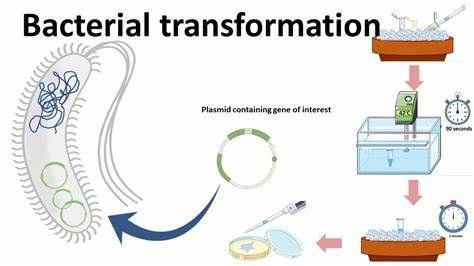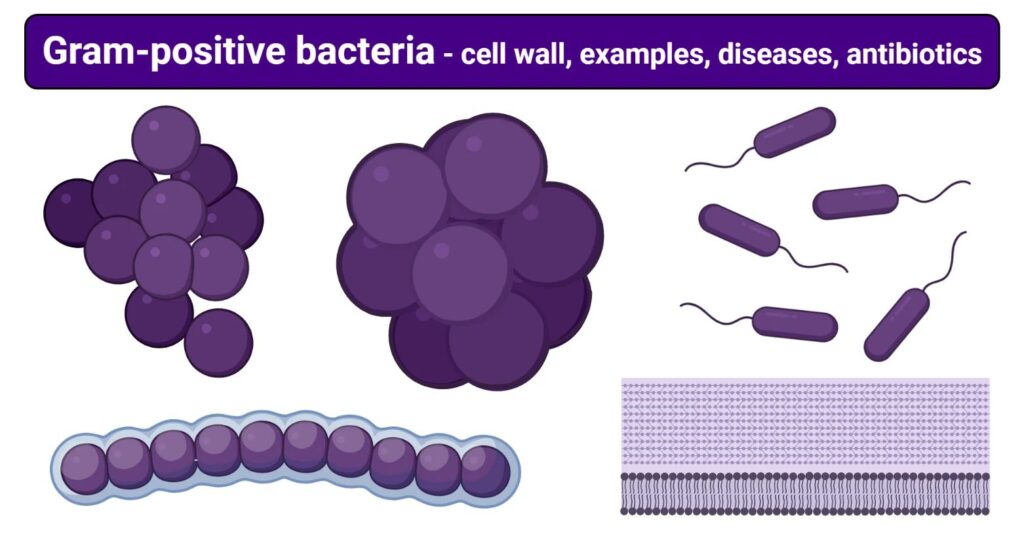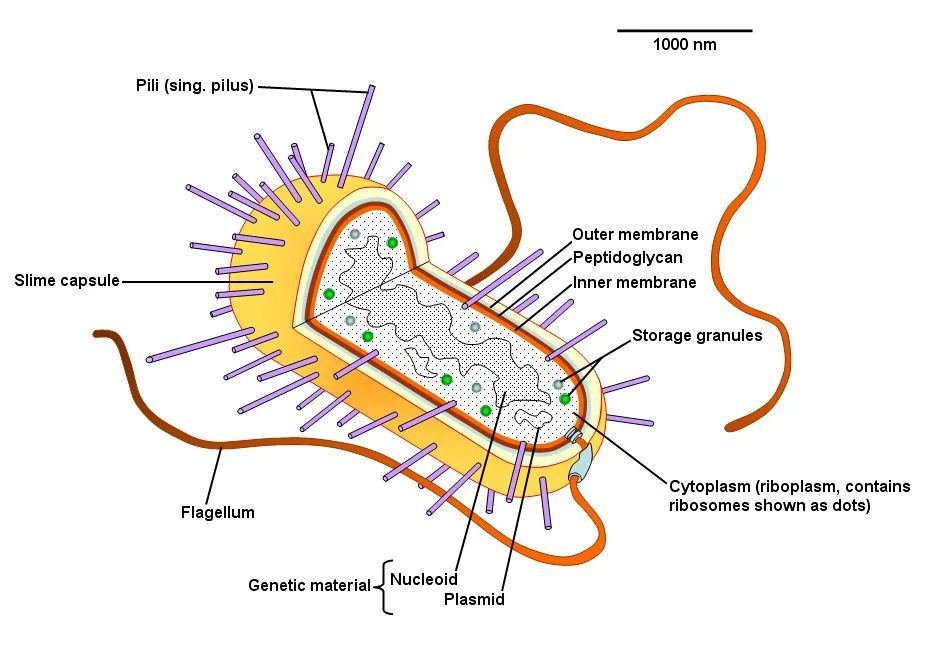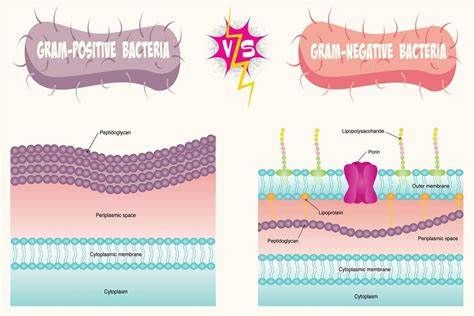Introduction
Bacteria are tiny, single-celled organisms, but don’t let their size fool you—they’re incredibly smart when it comes to survival. One of their coolest tricks is the ability to pick up DNA from their surroundings and use it to improve themselves. This process is called bacterial transformation.
You can think of it like this: imagine a bacterium finds a “genetic recipe” lying around from another bacterium that died. If it likes the recipe, it copies it into its own system. This new DNA might help it survive antibiotics, grow faster, or adapt to new environments. It’s like upgrading its software by downloading a useful file!
Summary of Bacterial Transformation
- Bacterial transformation is the process by which bacteria take up free DNA from their environment and incorporate it into their own genetic material.
- It allows bacteria to gain new traits, such as antibiotic resistance or the ability to produce toxins.
- The process involves steps like competence development, DNA uptake, and genome integration through homologous recombination.
Table of Contents
What is Bacterial Transformation?

Bacterial transformation is the process by which a bacterium takes in free DNA from its environment and incorporates it into its own genome (genetic material). This can change the bacterium’s traits or give it new abilities.
This isn’t the only way bacteria share DNA. There are two other methods:
- Conjugation – bacteria connect and transfer DNA through direct contact.
- Transduction – viruses carry DNA from one bacterium to another.
But transformation is unique because the DNA is naked (not packaged or protected) and floating freely in the environment.
Real-Life Example: Why It Matters
Bacterial transformation plays a huge role in:
- Antibiotic resistance – bacteria can pick up genes that make them immune to certain medicines.
- Genetic research – scientists use transformation to insert new genes into bacteria in labs.
- Evolution – transformation helps bacteria adapt quickly to changing environments.
What is Competence?

Not all bacteria can perform transformation anytime. They need to be in a special state called competence. When a bacterium is “competent,” it’s ready to accept and process foreign DNA.
You can think of competence like a “window of opportunity” when the bacterium opens itself to the outside world and says, “Alright, I’m ready to try something new.”
There are two types of competence:
1. Natural Competence
Some bacteria naturally develop the ability to take up DNA under specific conditions—usually during stress or when food is scarce.
2. Artificial Competence
In labs, scientists can force bacteria (even those that aren’t naturally competent) to take in DNA by using chemicals or electric shocks.
Transformation in Gram-Positive vs. Gram-Negative Bacteria
All bacteria aren’t the same. Based on their cell wall structure, they are classified into Gram-positive and Gram-negative bacteria. This difference affects how transformation works in each group.
Let’s understand how competence and transformation differ between the two types.
Gram-Positive Bacteria: How Do They Transform?

Examples:
- Bacillus subtilis
- Streptococcus pneumoniae
- Lactobacillus
These bacteria have a thick cell wall made mainly of peptidoglycan, but no outer membrane like Gram-negatives.
How They Become Competent:
In Gram-positive bacteria, competence is tightly controlled. They usually become competent only under stress, like when nutrients are low.
A signaling system involving small proteins called competence-stimulating peptides (CSPs) helps trigger competence. When enough CSPs accumulate in the environment, it’s a signal that many bacteria are around—and that it’s time to share and take up DNA.
This is a form of quorum sensing a way bacteria “talk” to each other by sensing how many of them are present.
Machinery Involved:
Once competence is triggered:
- Special proteins called DNA receptors appear on the bacterial surface.
- Enzymes chew one strand of the incoming DNA (to reduce size and prevent damage).
- The other strand is brought inside the bacterium.
- If the incoming DNA is similar enough to the bacterium’s DNA, it gets integrated into the genome by a process called homologous recombination.
Summary:
- Uses peptides (CSPs) to signal readiness.
- Takes in DNA through a specific protein system.
- Integrates useful DNA to improve survival.
Gram-Negative Bacteria: How Do They Transform?

Examples:
- Neisseria gonorrhoeae
- Haemophilus influenzae
- Helicobacter pylori
These bacteria have a thin cell wall and an extra outer membrane, which makes transformation more complicated.
How They Become Competent:
Some Gram-negative bacteria are always competent (like Neisseria), while others become competent only under certain conditions.
Unlike Gram-positives, many Gram-negative bacteria don’t use peptides. Instead, they recognize specific DNA sequences that signal, “Hey, this DNA belongs to our species—it’s safe to take in.”
This avoids the risk of taking up harmful or incompatible DNA.
Machinery Involved:
Because of their extra outer membrane, Gram-negative bacteria need a more complex system to bring in DNA:
- Pili or fimbriae (tiny hair-like structures) grab the DNA from the environment.
- Special membrane proteins pull the DNA through both membranes.
- Just like Gram-positives, one strand is degraded, and the other is brought inside.
- If it matches the bacterium’s existing DNA, it’s integrated using recombination.
Summary:
- Often recognizes DNA with species-specific markers.
- Uses complex protein systems to pull DNA across two membranes.
- Efficient at choosing “safe” DNA to reduce risks.
Key Differences Between Gram-Positive and Gram-Negative Transformation

| Feature | Gram-Positive Bacteria | Gram-Negative Bacteria |
|---|---|---|
| Outer membrane present? | No | Yes |
| Competence triggers | CSP peptides, stress signals | DNA uptake signals or constant competence |
| DNA recognition | Less specific, any similar DNA | Often species-specific sequences |
| Pili involved? | Rare | Yes |
| Complexity of uptake system | Simpler | More complex |
Why Is Transformation So Important?
Here’s why this process is a big deal in biology:
1. Genetic Diversity
Transformation increases variation in bacterial populations, helping them evolve quickly. This is especially useful for surviving new threats like antibiotics.
2. Antibiotic Resistance
Some bacteria become resistant by picking up resistance genes through transformation. This is one reason why antibiotic resistance is spreading globally.
3. Scientific Tools
In biotechnology, scientists often use transformation to introduce useful genes into bacteria—for example, to make insulin or vaccines.
How Scientists Use Transformation in Labs
In labs, scientists often make bacteria “artificially competent” using:
- Calcium chloride to loosen the cell membrane.
- Heat shock to help DNA enter.
- Electroporation (a brief electric shock) to open pores in the membrane.
These methods allow researchers to insert plasmids—small DNA circles carrying useful genes—into bacteria for research or industrial production.
Natural vs. Artificial Transformation
| Feature | Natural Transformation | Artificial Transformation |
|---|---|---|
| Occurs in nature? | Yes | No, it’s lab-based |
| Requires competence? | Yes | Yes, but induced artificially |
| DNA source | Environmental DNA | Lab-inserted DNA (plasmids) |
| Example organisms | Streptococcus, Neisseria | E. coli (in lab settings) |
Conclusion
Bacterial transformation is a remarkable survival tool. Whether in a natural environment or a research lab, bacteria can absorb foreign DNA and use it to their advantage. By becoming competent at the right time, they gain new powers—like resisting antibiotics or adapting to new environments.
The process may vary between Gram-positive and Gram-negative bacteria, but the goal is the same: adapt and survive. It’s a brilliant example of how even the smallest forms of life can make smart decisions and adjust to challenges.
FREQUENTLY ASKED QUESTIONS
What is bacterial transformation ?
Bacterial transformation is the process by which a bacterium takes up free DNA from its surroundings and adds it to its own genetic material, allowing it to gain new traits like antibiotic resistance or new abilities to survive and grow.
Who discovered bacterial transformation ?
Bacterial transformation was first discovered by Frederick Griffith in 1928 during his experiments with Streptococcus pneumoniae.
What are the steps of bacterial transformation ?
Bacterial transformation occurs in steps where a bacterium becomes competent, binds free DNA from its environment, takes it inside, integrates it into its genome, and then expresses new traits if the DNA is successfully incorporated.
Related Articles




